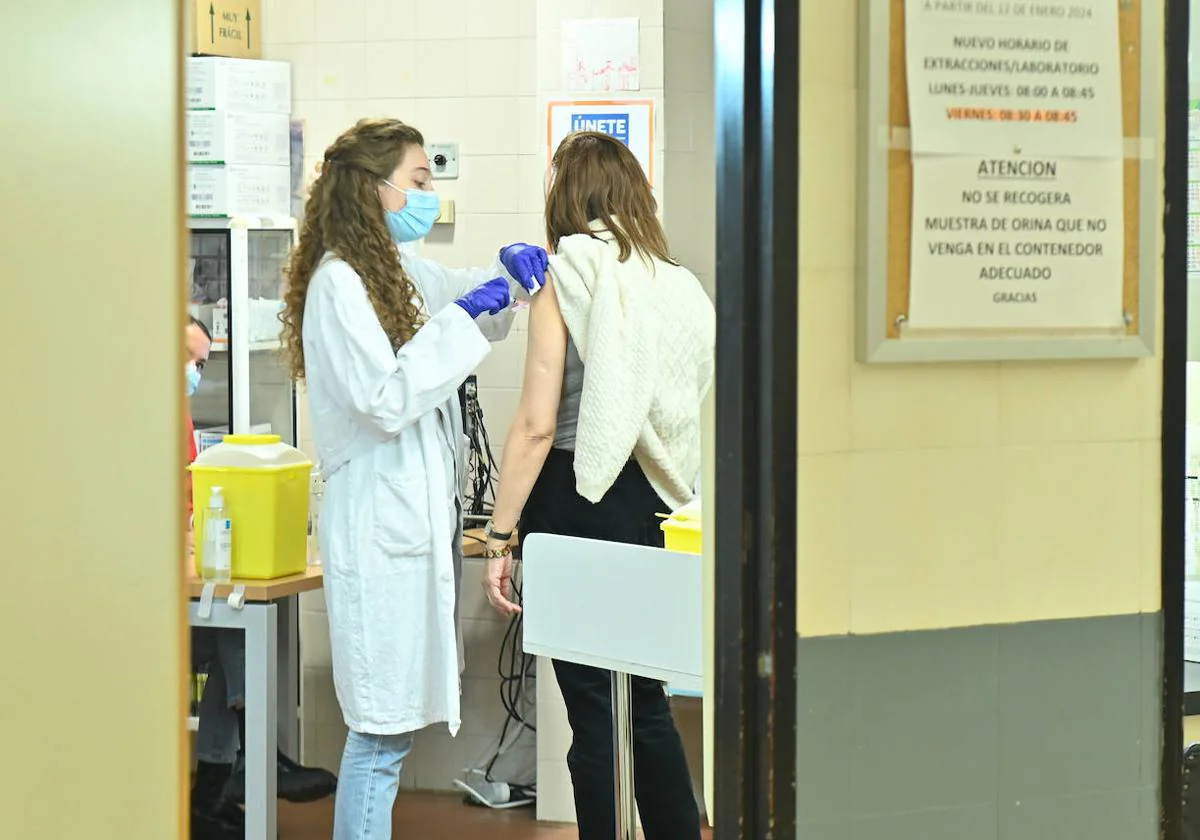The trend remains clearly downward, with flu season and other acute respiratory infections appearing to continue on a downward curve overall, with some small exceptions.
The adjusted incidence of influenza syndrome was below the epidemic threshold of 48 cases per 100,000 inhabitants last week, at the end of the last public health equilibrium, which “seems to indicate the end of the seasonal influenza wave”. However, the respiratory infection rate increased slightly this week, with 682 cases per 100,000 inhabitants, compared with 623 the previous week, possibly due to an increase in the circulation of other respiratory pathogens. ” Report from the Health Sentinel Network.
In the pediatric population, there continues to be significant circulation of metapneumovirus, a virus that is very common in infants affected by respiratory disease, primarily causing bronchiolitis and recurrent wheezing. It occurs more frequently in spring and is more likely to be co-infected with other viruses.
Additionally, last week saw an increase in positive samples for Klebsiella pneumoniae, a bacterium that causes urinary tract infections, pneumonia, sepsis, soft tissue infections and surgical wounds; and an increase in positive tests for OC43 coronavirus, a virus that causes respiratory tract infections Diseases such as the common cold, severe acute respiratory syndrome, and Middle East respiratory syndrome.
Regarding influenza, SARS-CoV-2, and RSV, positivity rates for both sentinel and hospital samples continue to decrease.
During this season, the pediatric population is most vulnerable to respiratory infections, especially influenza and RSV (respiratory syncytial virus), which can cause bronchitis and bronchiolitis in young children.
Therefore, children are the most affected by bronchial problems this winter, with 6,198 cases per 100,000 children under four years old and 594 cases among children between 5 and 14 years old. The next most affected age group were those over 75 with 1,198 people suffering from bronchitis or bronchiolitis. The latter are also the group experiencing the greatest spread of covid-19, with 2,108 cases per capita, but far lower than in any previous year. Infection rates have gradually declined in the following age groups, except for the youngest children, with 633 cases per 100,000 people under four years old. Among these children, after syncytial virus, influenza had the greatest impact, with 3,298 cases, much higher than other elderly patients. This is followed by minors aged 5 to 14, with 2,519 affected per 100,000 people. This is despite the fact that this year health authorities are covering and recommending vaccines for these age groups.
Covid is almost no longer in the community and a set of indicators is drawn for people over 60, which is what the analysis says, are at the lowest risk level overall, are considered “under control” overall, and have only a few hospitals However, the indicators again reached “low” levels, especially in Palencia, also related to its bed capacity. Even so, the intensive care unit occupancy rate is still 2%, with 5 patients admitted and 89 patients in the wards, with Salamanca, Leon and Ávila being the cities with the highest number of hospitalizations. There appears to be a pandemic behind it, with 61,531 new admissions exceeding the number of confirmed coronavirus cases, and 9,343 hospital deaths, for a total of 19,929. The most recent 145 deaths were recorded in the same month of January.Although they are generally older adults, the coronavirus increases their morbidity but may not be the primary cause of death

